8 Global Solar Trends: Greatest Innovations & Challenges in 2023
Honestly, I never thought that the solar market would be facing uncertainties on a global scale. But in reality, for the first time in recent history, solar panel prices went up in 2022.
And the primary reason for that is – you guessed it right – the pandemic followed by soaring prices of electricity that are now compelling us more than ever to start producing, not just consuming it. While the solar market’s sharp growth continues, plenty of challenges and opportunities lie in the path.
Beyond that, there are some other trends and emerging technologies that have made the future of solar energy more promising.
Here, we will discuss some global solar trends that are likely to shape the future of both commercial and household solar power generation. But we’ll also pay some attention to solar challenges that the world still has to overcome on our road to sustainability!
Emerging Solar Technologies
How will the next generation of panels be different from the present ones?
This is where things get exciting.
They will be more efficient, lighter, and even more durable. But that’s not all. The concept of solar panels won’t be limited to rooftop settings and solar parks in the desert. There’s a lot more.
1. Changes in Wafer Size
Today, many manufacturers are looking to adopt M10 (182 mm) size and G12 (210 mm) size wafers for solar panels. These have larger wafer sizes that have more surface area and generate more power.
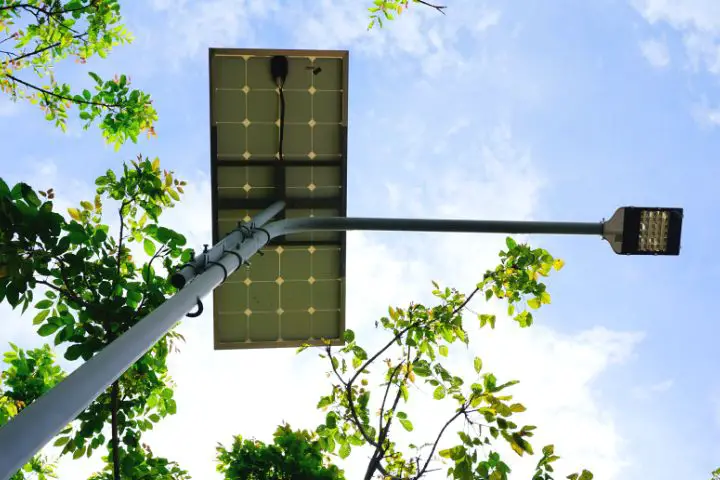
Consequently, the older panel variants using M2 wafers are all set to disappear from the market. In the coming years, the majority of the solar panels in the market will be using the M6 (166-mm) wafer variant.
But for manufacturers, especially for those in developing countries, the process of transformation is not simple. In the words of Manjunatha DV, the managing director of EMVEE Solar, “For the change of M2 to M6 wafer size, we have to go for a new line. The entire setup has to change. It can be done with the existing setup, but productivity will suffer.”
2. Better Materials
Scientists believe that even though silicon is a good option as a solar panel material, it’s not the best. That’s why they are experimenting with perovskite solar cells and organic photovoltaics which can overcome the limitations of conventional panels.
Halide perovskites have a crystal structure and solar panels made from them can offer a 25% efficiency. The challenge is to make the material stable and withstand the effects of oxygen and moisture.
An organic solar cell is made from carbon-based materials. The big advantage is, these cells are flexible and can be framed into different shapes. Think of solar power-generating windows, instead of panels. Besides, they are a cheaper option than standard solar cells.
Beyond that, there are building-integrated photovoltaics. Now you can use solar panels in the form of roofs, curtain walls, facades, and skylights without compromising aesthetics.
A California-based GAF Energy has already developed a solar shingle that can be used as a solar roof. Not only does its sleek design look like a smart roofing system, but it is also made from mono PERC cell technology that offers higher efficiency.
3. Floating Solar Farms
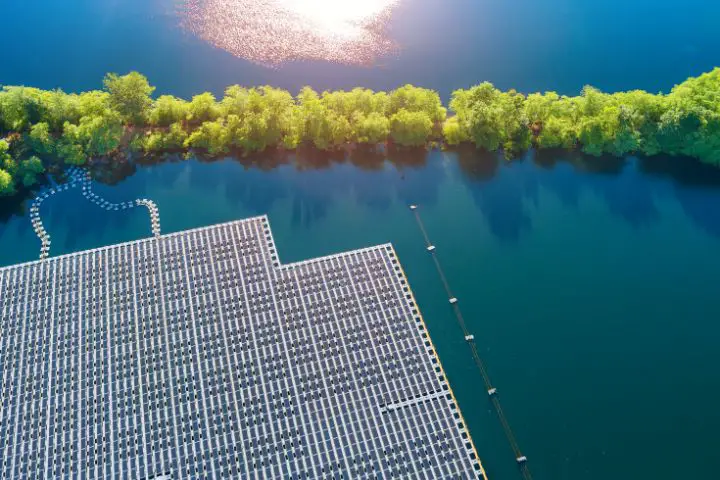
It’s time to open a new chapter of solar technology through “floatovoltaics”. These panels float on the water’s surface and the electricity is conducted through underwater cables. As of this writing, the biggest floating solar power plant is the Saemangeum floating solar energy project in China, with a capacity of 2.1 GW.
A study in the Nature Journal suggests that covering just 10% of the world’s hydropower reservoirs with floating solar panels will generate as much electricity as is currently produced by fossil-fuel-based power plants. But before you hop with anticipation, you should know that this doesn’t come without environmental concerns either – such as a potential negative impact on ecosystems in the bodies of water that they’d float in.
Chris Bartle from a floating solar company Ciel & Terre“Asia mentions that land is expensive in many areas. “Asia, especially island nations like Japan and Taiwan, were very keen on floating solar because they just didn’t have a lot of land for large scale ground mount solar. So that’s been our fastest-growing market and continues to be our fastest-growing market,” says Chris.
4. Agrivoltaics
Setting up solar panels on agricultural land can make farms self-sustaining units. Moreover, the shading from the panels can reduce evaporation from the crops and decrease water consumption.
Studies have shown that vegetables grown under solar panels are of similar quality and taste. In fact, solar panels fitted on greenhouses can significantly improve the growth rate of plants.
With the global population rising at a steady rate, using agricultural land for power generation serves a dual purpose. Not only does the land produce more food, but it generates renewable power as well.
Quite a few agrivoltaics projects have been set up in Europe and the numbers are on the rise. For example, the German renewables group BayWa is expanding its project in the Netherlands. In Spain, Sapiens Energía is studying the impact of solar installations on tropical fruit plants.
5. Solar Fabrics
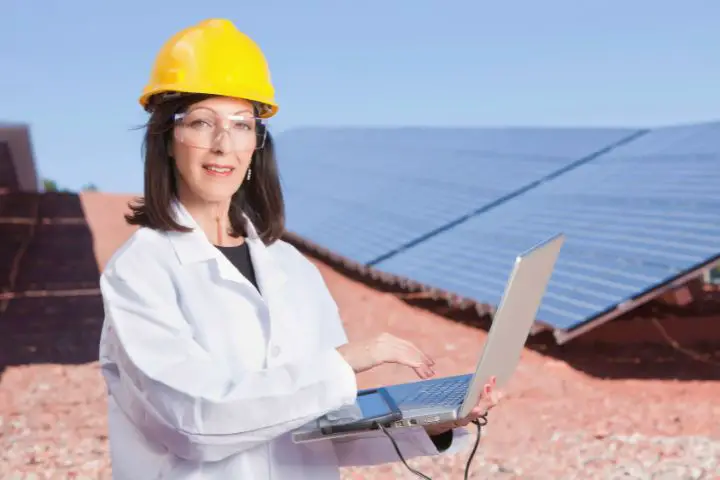
How about generating your own energy by wearing clothes made from solar fabric?
For sure, charging your smartphone on the go will get a lot easier!
In fact, engineers at MIT have developed a durable and flexible solar fabric that can turn any surface into a power-generating unit. This type of fabric is a hundred times lighter than conventional solar panels and generates more power per kilogram. Apart from being ultralight, the fabric also has high mechanical resilience.
A special photovoltaic solar film has also been produced that can be glued to any type of surface. That means it can turn building surfaces including roofs into solar energy generators.
According to Stephan Kube, the marketing head of the German firm Heliatek which manufactures the material, the demand is almost infinite. “The key question for us is how fast are we able to provide enough solar films for demand? We are working hard to improve the efficiency and cost to make them even more attractive,” he says.
6. Government Policies Are Shifting
Personally, I find understanding government policies is more challenging than solar panel technology. But, it goes without saying that government policies have a major role to play when it comes to the adoption of solar power. Each country has its own solar energy policy to cut dependence on fossil fuels.
Many countries (both rich and not-so-rich!) have adopted policies that work as an incentive for consumers to install solar power. For example, the Solar Investment Tax Credit (ITC) is a significant federal policy to promote the growth of solar power installations in the US. Homeowners installing new solar systems will get a federal tax rebate of 30% of the installation cost. This will remain effective till 2032.
Many countries like Ethiopia are redirecting fossil fuel subsidies to promote renewable energy growth. Also, many developing countries have high import duties and VAT on solar panel components and batteries. These taxes need to be rationalized to ensure the growth of solar power.
At the same time, there should be policies to support manufacturers of solar equipment. This will allow the solar ecosystem in the country to develop.
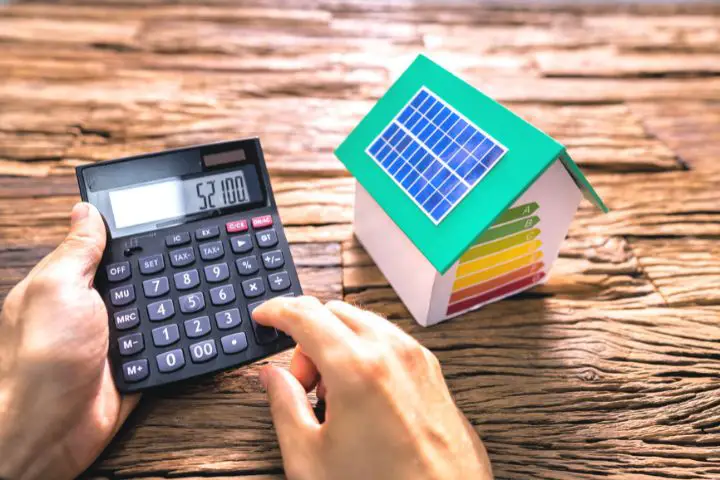
Apart from that, there is plenty of scope for start-ups to develop innovative solar technologies that can help in driving down costs. One example is the 5B Maverick project in Australia which uses a prefabricated, modular solar array that can be used as a plug-and-play unit. Governments need to support such initiatives by providing start-up capital and mentorship.
Negative Trends & Challenges in the World of Solar
7. The Path to Solar is Rockier (& Dirtier) in Lower-Income Countries
With ‘energy poverty’ being a cause of concern for many emerging and developing economies, solar power can be an excellent alternative to the unreliable supply from the grid. The other important areas of growth for these countries are solar-powered food processors, irrigation, and cold storage.
In countries like India, Mexico, Brazil, Mongolia, and Bangladesh, the government has framed favorable policies to ensure a higher solar energy growth rate. However, a single look at the solar implementation figures in these nations will tell you that the pace of growth is on the slower side.
A survey by the International Energy Agency says that by 2030, over 500 million people will be dependent on solar power in sub-Saharan African countries. However, there are multiple socio-economic factors that make the implementation of solar energy solutions a tough task.
While the volume of solar power generation in a developing country like India has skyrocketed in the past few years, the path isn’t without potholes. Also, with higher ownership costs resulting from higher prices and taxes rising, the residential rooftop segment is still to witness a boom.
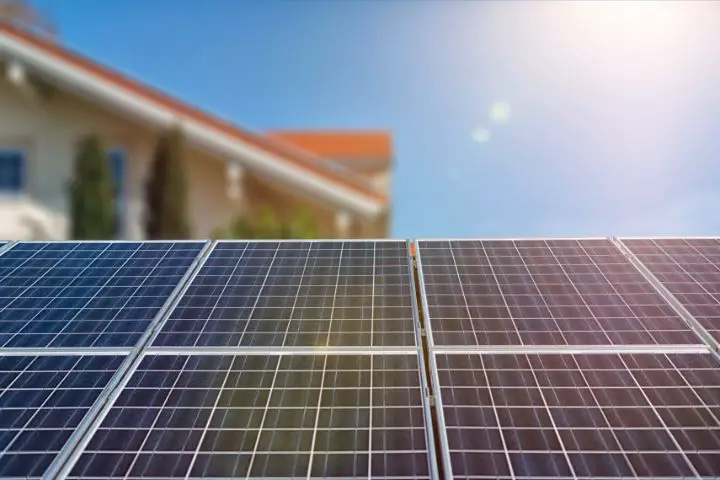
Beyond that, many countries just don’t have enough land for the installation of large-scale ground-mounted solar systems. Next, the domestic manufacturing industries for manufacturing solar panel components are still lagging behind. Most solar manufacturers are dependent on the import of components like solar wafers, cells, inverters, and modules.
Moreover, the majority of India’s distribution companies are built around the thermal power segment. Shifting to solar is a major shift and the impact on profit margins is a cause for concern.
But there’s something even more sinister than that. The dumping of solar waste is a major problem for some developing nations. Used solar panels are often sent to these countries for recycling. But the lack of recycling infrastructure and facilities are leading to major environmental and health hazards.
“Much of the generated waste is dumped in developing countries and recycled under inhumane working conditions. We don’t want the solar industry to follow this path,” says Sheila Davids, the executive director of the Silicon Valley Toxics Coalition.
8. What’s in a Crisis: Supply-Chain Hardships for the Solar Industry
One reason behind the soaring prices of solar panels is the supply chain interruption for components like steel, copper, and semiconductor chips. Apart from the disruptions inflicted by Covid-19, polysilicon manufacturing has also been impacted by floods and factory mishaps.
But natural disasters are not the only reason behind these interruptions. Over the past several years, troubling reports have been coming from China’s Uyghur Region, which is the world’s biggest producer not just of raw materials vital for the AV industry, but also of solar panels themselves. In the US, there are issues related to the implementation of the Uyghur Forced Labor Prevention Act. Solar panel developers are finding it hard to source materials that do not make use of forced labor. In addition, plenty of withheld shipments are adding to their woes.
The rising demand for silver, aluminium, and copper naturally resulted in a price rise. On top of that, there are inflated import tariffs and shipping costs. As production sites were shifted by the Chinese Government to avoid labor exploitation practices, longer shipping lead times resulted in project delays. Additionally, many countries were facing skilled labor shortages in the post-Covid period.
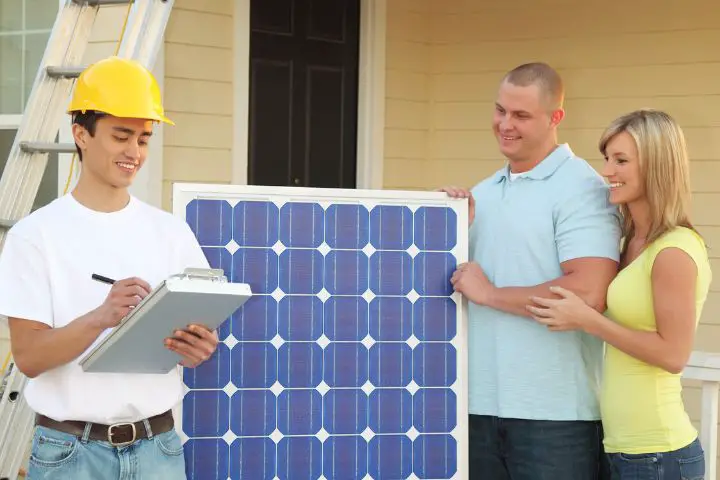
As a result, developers are delaying non-critical projects to avoid buying solar equipment at peak price points. These issues mostly affected the large solar projects and the overall installation rate in Gigawatts in 2022 fell by 16% compared to that of 2021.
However, as per the latest reports, these hardships were temporary. The Solar Energy Industries Association (SEIA) has predicted a 21% annual growth rate between 2023 and 2027 in the US.
The good news is, the prices are coming down by the second half of 2023 with both raw material and shipping costs dropping. The industry is also shaking off the post covid logistical problems. However, it will take some time for this relief to trickle down to the level of panel buyers.
Final Thoughts
Even though 2022 placed several speed bumps in the global growth of solar power, the scenario is bound to improve in the coming days. And with electricity prices increasing across the US, many home and business owners are planning to shift to solar.
Apart from governments and individuals, big businesses like Amazon, Apple, and Verizon have come forward to promote solar power. Besides, we have already seen solar power-fueled batteries saving the day during natural disasters.
As sustainability goals across the globe become more ambitious, solar power technologies will get cheaper and more advanced. Overall, we are all set to enter an exciting phase in the global journey of solar power installations.






